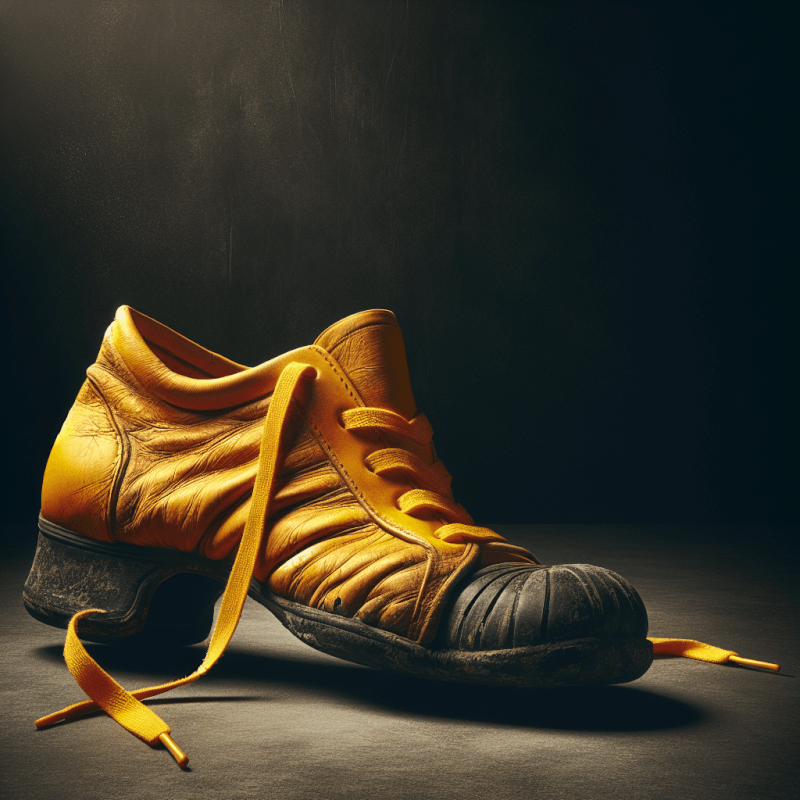Have you ever thought about incorporating dance into your fitness routine? Well, if you’re over 50 and looking for a fun and effective workout, dance might just be the perfect fit for you! In this article, we’ll explore the benefits of dance workouts for those in their golden years, including increased cardiovascular health, improved flexibility and balance, and a boost in mood and mental well-being. So, dust off those dancing shoes and get ready to groove your way to better health and vitality!
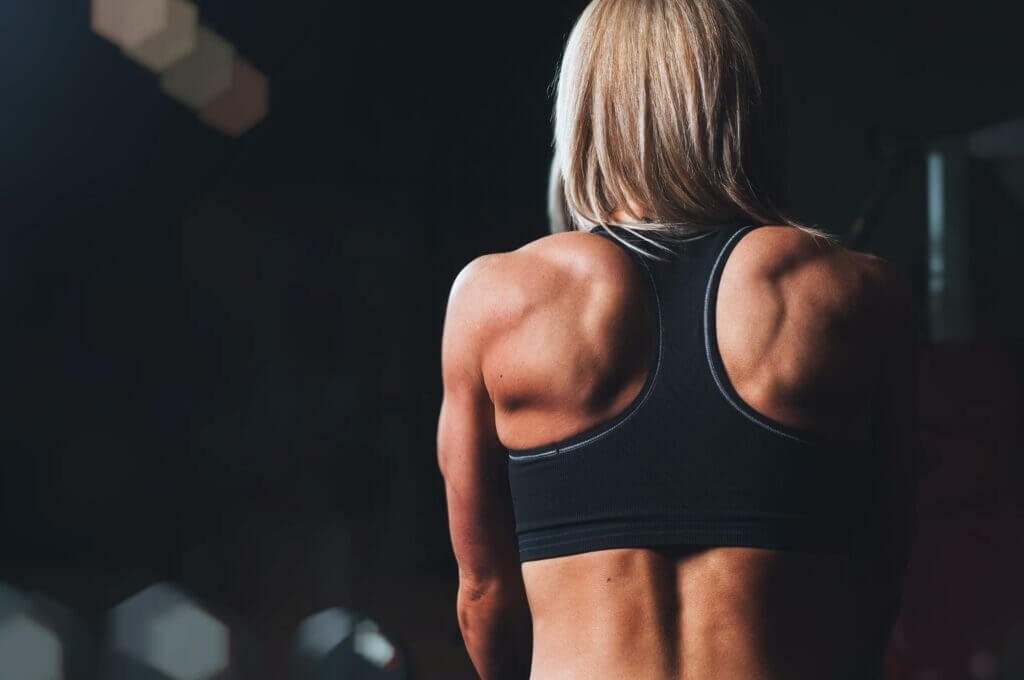
Why Choose Dance as a Workout?
Dance is a fantastic choice for a workout, especially for individuals over 50. Not only is it a fun and enjoyable activity, but it also offers numerous health benefits. Dance workouts are great for improving cardiovascular health, joint flexibility, mood, brain health, and social interaction. Additionally, dance allows you to express yourself through movement, making it a wonderful way to stay active and fit.
Benefits of Dancing
Dancing provides a wide range of benefits for individuals of all ages, including those over 50. One of the major advantages of dance as a workout is its ability to improve cardiovascular health. Dancing is a form of aerobic exercise that gets your heart rate up, helping to strengthen your heart and boost blood circulation.
Another significant benefit of dancing is improved joint flexibility. Many dance moves involve stretching and reaching, which helps to increase your range of motion and keep your joints supple. This can be particularly beneficial for older individuals who may experience stiffness or reduced flexibility.
Furthermore, dancing has been shown to have a positive impact on mood. The combination of music, movement, and social interaction releases endorphins, which are known as “feel-good” hormones. Engaging in a dance workout can help reduce stress, anxiety, and depression, leaving you feeling energized and uplifted.
Dance also has the potential to enhance brain health. Learning new dances and choreography requires mental effort, which can help improve cognitive function and memory. Additionally, coordinating your movements to the beat of the music engages multiple areas of the brain, promoting neurological health.
Lastly, dance workouts provide an opportunity for social interaction. Whether you join a dance class or participate in group dances, you will have the chance to connect with others who share your passion for movement. This social aspect of dancing can boost your mood, provide a sense of belonging, and inspire you to continue with your workout routine.
Types of Dance Workouts
There are countless types of dance workouts to choose from, allowing you to find the style that suits your interests and fitness level. Here are a few popular options to consider:
Zumba
Zumba is a high-energy dance workout that combines Latin and international music with fun and easy-to-follow dance moves. It is a fantastic choice if you enjoy lively rhythms and want to burn calories while having a great time. Zumba classes are available in many locations, making it easy to find a class near you.
Ballet
Ballet workouts are a graceful and elegant form of dance that emphasizes strength, flexibility, and posture. Although ballet is often associated with younger dancers, there are ballet classes specifically designed for adults of all ages and levels. Ballet helps to improve balance, coordination, and muscle tone, making it an excellent choice for those over 50.
Line Dancing
Line dancing is a popular dance style that involves dancing in lines or rows, following a choreographed pattern of steps. It is a great way to improve coordination and memory, as you have to remember the sequence of steps. Line dancing classes often feature a variety of music genres, ensuring there is something for everyone.
Salsa
Salsa is a lively and passionate partner dance that originated in Latin America. It is characterized by quick footwork, hip movements, and intricate partnering techniques. Salsa classes are available in many communities, providing an opportunity to learn the dance and enjoy the vibrant music.
Swing Dance
Swing dance encompasses a variety of dances, such as the Lindy Hop, Charleston, and East Coast Swing. It is a dynamic and energetic dance style that involves fast footwork and coordinated movements with a partner. Swing dance classes are a fantastic way to connect with others, get your heart rate up, and have a blast.
Safety Precautions
Before starting a dance workout, it is essential to take the necessary safety precautions to prevent injuries and ensure a positive experience. Here are some key precautions to keep in mind:
Consulting a Doctor
If you have any underlying health conditions or concerns, it is always a good idea to consult with your doctor before starting a new workout routine. They can provide personalized advice and guidance based on your individual needs and medical history.
Warming Up
Just like with any exercise, warming up your body before a dance workout is crucial. Start with some gentle stretching exercises to warm up your muscles and joints. Warming up prepares your body for the physical demands of dance and helps reduce the risk of injuries.
Choosing Appropriate Footwear
Investing in proper dance shoes is important to ensure proper support and minimize the risk of foot and ankle injuries. Different dance styles may require different types of shoes, so it is essential to choose footwear that is designed for the specific dance style you will be practicing.
Modifying Movements
If you have physical limitations or injuries, it is important to modify dance movements as needed. Listen to your body and work within your capabilities. If a certain movement is causing pain or discomfort, make adjustments or consult with a dance instructor for alternative options.
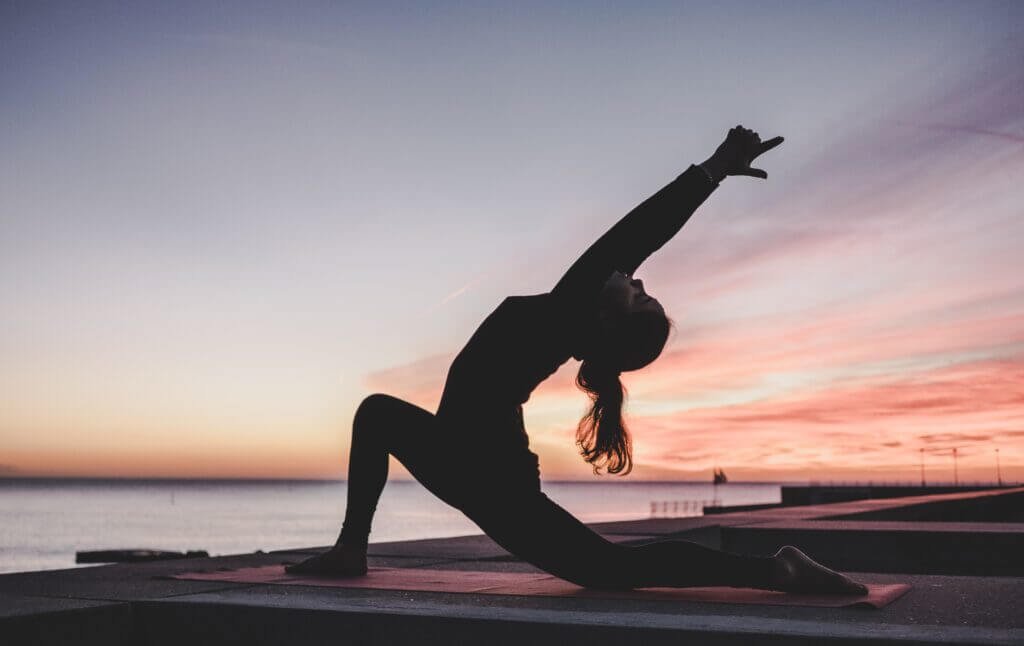
Getting Started with Dance Workout
Once you are ready to embark on a dance workout journey, here are some steps to help you get started:
Setting Realistic Goals
Before diving into dance workouts, take some time to set realistic goals for yourself. These goals can be related to fitness, such as improving cardiovascular endurance or increasing flexibility, or they can be more personal, such as enjoying the process and having fun. Setting goals can help keep you motivated and focused throughout your dance workout journey.
Finding the Right Dance Style
Explore different dance styles to find the one that resonates with you the most. Consider your interests, preferences, and physical abilities. Trying out different styles can be a fun and exciting process, and it allows you to discover the style that brings you the most joy and satisfaction.
Joining Dance Classes
Joining dance classes is an excellent way to learn new moves, receive guidance from experienced instructors, and connect with other dance enthusiasts. Look for dance studios or community centers that offer classes specifically tailored for older adults. These classes often provide a supportive and inclusive environment where you can learn at your own pace.
Home Dance Workout
If attending dance classes is not feasible or if you prefer to work out in the comfort of your own home, there are many online dance workout resources available. You can find dance workout videos on platforms like YouTube or subscribe to online dance workout programs. Remember to find a space in your home that provides enough room to move freely and safely.
Tips for a Successful Dance Workout
To make the most out of your dance workouts, here are some tips to keep in mind:
Finding Motivation and Consistency
Maintaining motivation and consistency are key to achieving your dance workout goals. Find ways to stay motivated, such as creating a dance playlist with your favorite songs, inviting a friend or family member to join you, or rewarding yourself after completing a certain number of workouts. Consistency is equally important, so try to establish a regular dance workout schedule that works for you.
Staying Hydrated
Dancing is a physically demanding activity that can make you sweat. It is crucial to stay hydrated throughout your dance workout. Keep a water bottle nearby and take regular sips during breaks or whenever you feel thirsty. Proper hydration helps maintain energy levels and prevent dehydration.
Listening to Your Body
Pay attention to your body’s signals during a dance workout. If you feel tired or fatigued, take a break and rest. Pushing yourself too hard or ignoring signs of fatigue can increase the risk of injury. Remember that rest and recovery are just as important as the workout itself.
Proper Form and Technique
Maintaining proper form and technique during dance workouts is essential for preventing injuries and maximizing the benefits of the workout. Pay attention to your posture, alignment, and technique while performing different dance moves. If you are unsure about the proper form, consider taking a few classes or working with a dance instructor to ensure you are executing the movements correctly.
Gradual Progression
As with any form of exercise, it is important to progress gradually in your dance workouts. Start with simple movements and gradually increase the intensity or complexity of the dances as you become more comfortable and confident. Pushing yourself too hard too soon can lead to injuries or burnout, so listen to your body and progress at a pace that feels right for you.
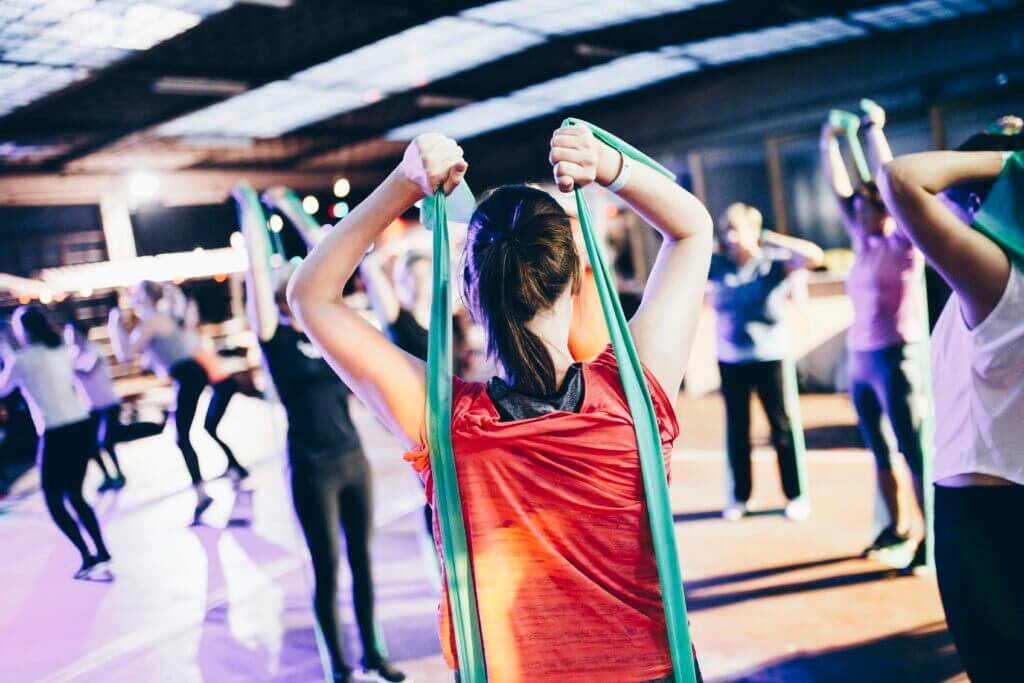
Dance Moves for Over 50
Here are some dance moves that are suitable for individuals over 50:
Low-Impact Moves
Low-impact dance moves, such as gentle stepping, swaying, or side-to-side movements, are excellent options for individuals with joint issues or limited mobility. These moves provide a great cardiovascular workout without putting excessive stress on the joints.
Balance and Flexibility Exercises
Incorporating balance and flexibility exercises into your dance routine can help improve stability and range of motion. Moves like standing leg lifts, heel-to-toe walks, or arm circles can be beneficial for building balance and enhancing flexibility.
Strength and Endurance Training
Dance moves that involve squats, lunges, or jumps can help build strength and endurance. These dynamic movements engage multiple muscle groups, providing a full-body workout and helping to improve muscular strength and power.
Core and Posture Enhancement
Engaging the core muscles and focusing on maintaining proper posture throughout your dance workout can support spine alignment and improve overall stability. Incorporating moves like torso twists, abdominal contractions, or back stretches can help strengthen your core and promote better posture.
Popular Dance Styles for Over 50
While there are numerous dance styles to choose from, here are some popular options for individuals over 50:
Zumba
Zumba is a high-energy dance workout that combines Latin and international music with easy-to-learn dance moves. It is a fun and engaging option that allows you to groove to the rhythm and burn calories at the same time.
Ballet
Ballet is not exclusively for young dancers. Many ballet studios offer classes specifically designed for adults of all ages and abilities. Ballet helps improve posture, balance, coordination, and muscle tone, making it an excellent choice for individuals over 50.
Line Dancing
Line dancing is a popular dance style that involves dancing in lines or rows, following a choreographed pattern of steps. It is a fun and social activity that can be enjoyed by individuals of all ages. Line dancing classes often feature a variety of music genres, providing a diverse and entertaining experience.
Salsa
Salsa is a lively and passionate partner dance that engages the entire body. It is a great choice for individuals who enjoy energetic movements and vibrant music. Salsa classes provide a fun and social environment where you can learn new moves and connect with others who share your love for dance.
Swing Dance
Swing dance is a dynamic and joyful dance style that encompasses a variety of dances, such as the Lindy Hop, Charleston, and East Coast Swing. It is a fantastic choice for individuals over 50 who want to stay active, socialize, and have a great time. Swing dance classes offer a supportive and inclusive atmosphere, making it accessible to dancers of all levels.

Benefits of Dance Workout for Over 50
Engaging in regular dance workouts can offer a multitude of benefits for individuals over 50:
Cardiovascular Health
Dance workouts provide an excellent aerobic exercise that strengthens the cardiovascular system, improving heart health and overall endurance. Regular dance sessions can help lower blood pressure, reduce the risk of heart disease, and increase stamina.
Joint Flexibility
Dance involves a wide range of movements that promote joint flexibility and mobility. The repetitive motions and stretches performed in dance workouts help to keep the joints limber and reduce the risk of stiffness or joint-related issues.
Improved Mood
Dancing releases endorphins, also known as “feel-good” hormones, which can boost mood and reduce stress and anxiety. Engaging in a dance workout can provide a natural mood-enhancing effect, leaving you feeling happier and more relaxed.
Brain Health
Learning new dances, following choreography, and coordinating movements to music engage multiple areas of the brain. This mental engagement helps improve cognitive functions such as memory, coordination, and concentration, promoting brain health and longevity.
Social Interaction
Participating in dance classes or group dances provides an opportunity for social interaction and connection. Engaging with others who share a common interest in dance can foster a sense of community and belonging, reducing feelings of isolation and enhancing overall well-being.
Frequently Asked Questions
Is dance workout suitable for all fitness levels?
Yes, dance workouts can be modified to suit different fitness levels. Whether you are a beginner or have been dancing for years, there are dance styles and classes available for everyone. It is important to start at a level that is appropriate for your current fitness level and gradually progress as you become more comfortable and confident.
Can dance help in weight loss?
Yes, dance workouts can contribute to weight loss when combined with a balanced diet and regular exercise. Dance is a physically demanding activity that burns calories and increases heart rate, helping to create a calorie deficit necessary for weight loss. However, individual results may vary, and it is important to consult with a healthcare professional before starting any weight loss program.
What if I have physical limitations or injuries?
If you have physical limitations or injuries, it is crucial to consult with your healthcare provider or a qualified dance instructor. They can provide guidance on modifications or alternative movements that are safe and suitable for your specific condition. It is important to listen to your body and prioritize your safety and well-being during dance workouts.
How often should I do dance workout?
The frequency of dance workouts depends on your fitness goals, current fitness level, and schedule. Aim for at least 150 minutes of moderate-intensity aerobic activity or 75 minutes of vigorous-intensity aerobic activity per week, as recommended by health guidelines. You can distribute this time throughout the week based on your availability and preferences.
Can I do dance workout at home?
Yes, dance workouts can be done at home. There are numerous online platforms, dance workout videos, and apps that provide instructional dance workouts suitable for home settings. Ensure you have a safe and spacious area to move around, and consider investing in a mirror or recording yourself to check your form and technique.
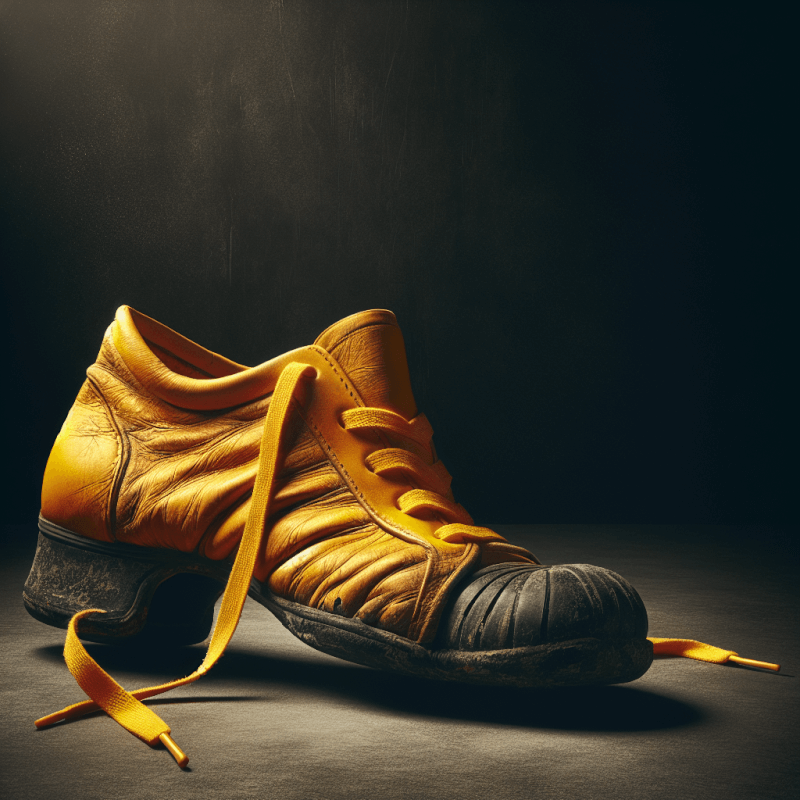
Conclusion
Dance workouts offer a fun, engaging, and effective way to stay fit and active for individuals over 50. With numerous health benefits, such as improved cardiovascular health, joint flexibility, mood, brain health, and social interaction, dance is a workout that caters to both the body and the mind. Whether you choose Zumba, ballet, line dancing, salsa, or swing dance, the key is to find a dance style that brings you joy and fulfillment. By following safety precautions, setting realistic goals, finding motivation, and listening to your body, you can embark on an enjoyable dance workout journey that promotes both physical and mental well-being. So put on your dancing shoes, embrace the music, and get ready to dance your way to a healthier and happier you!

